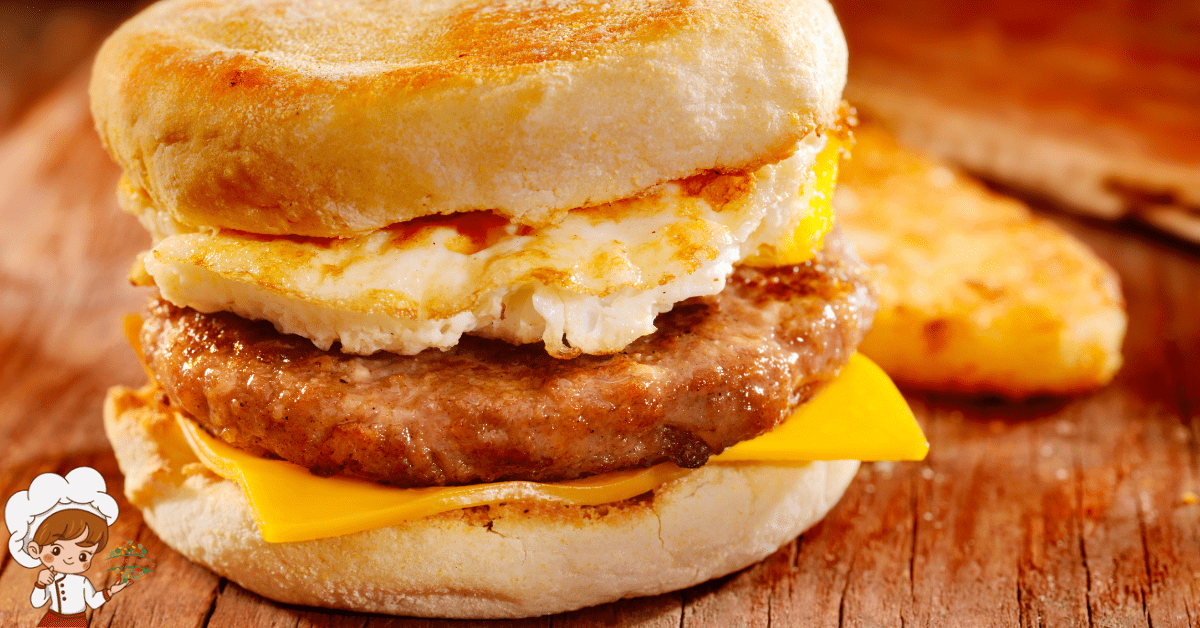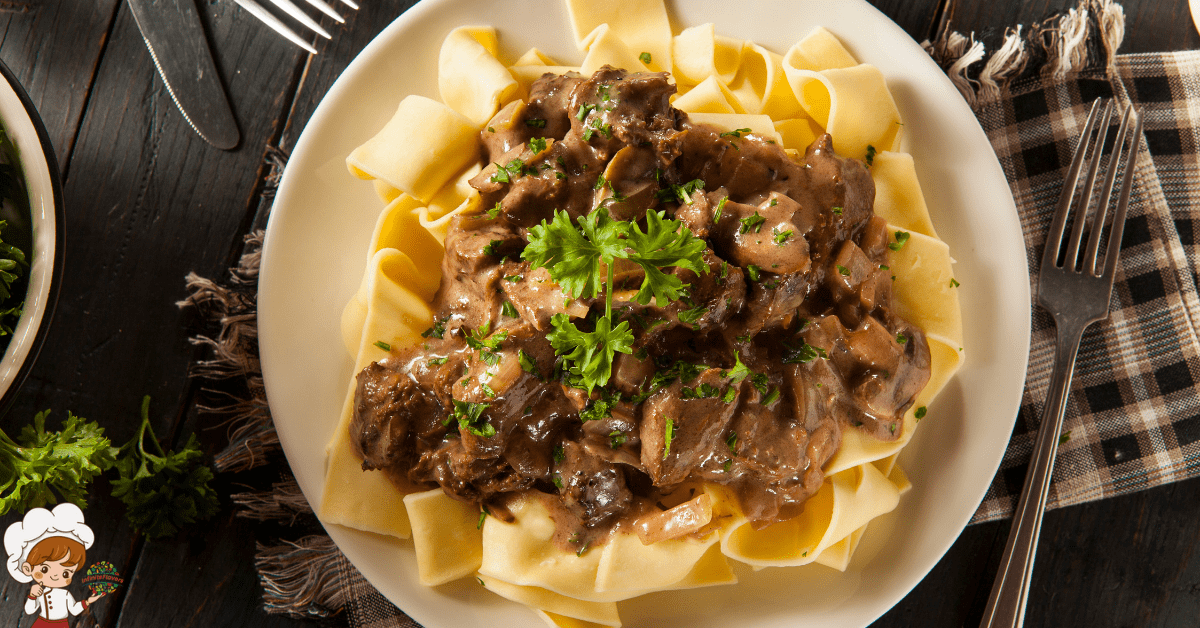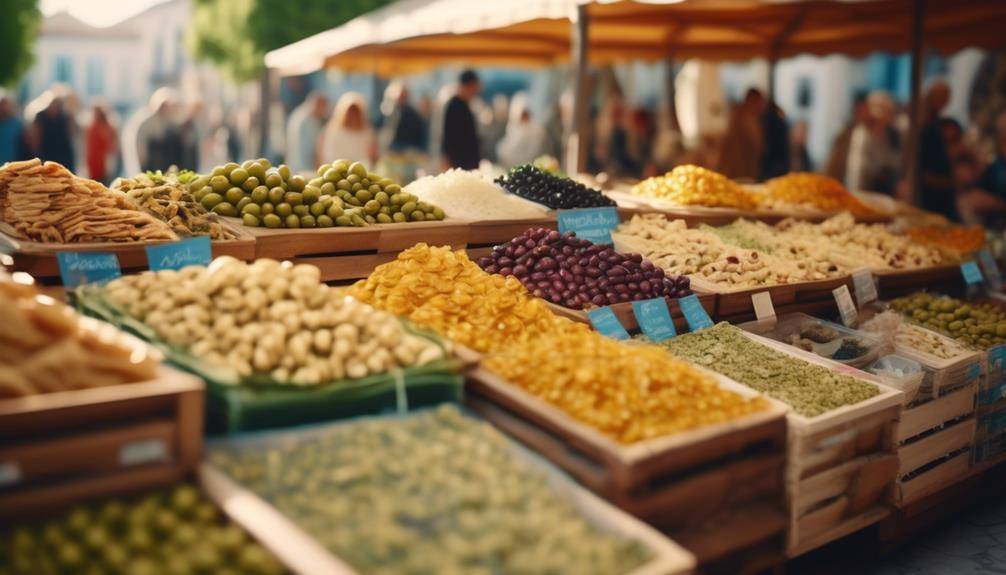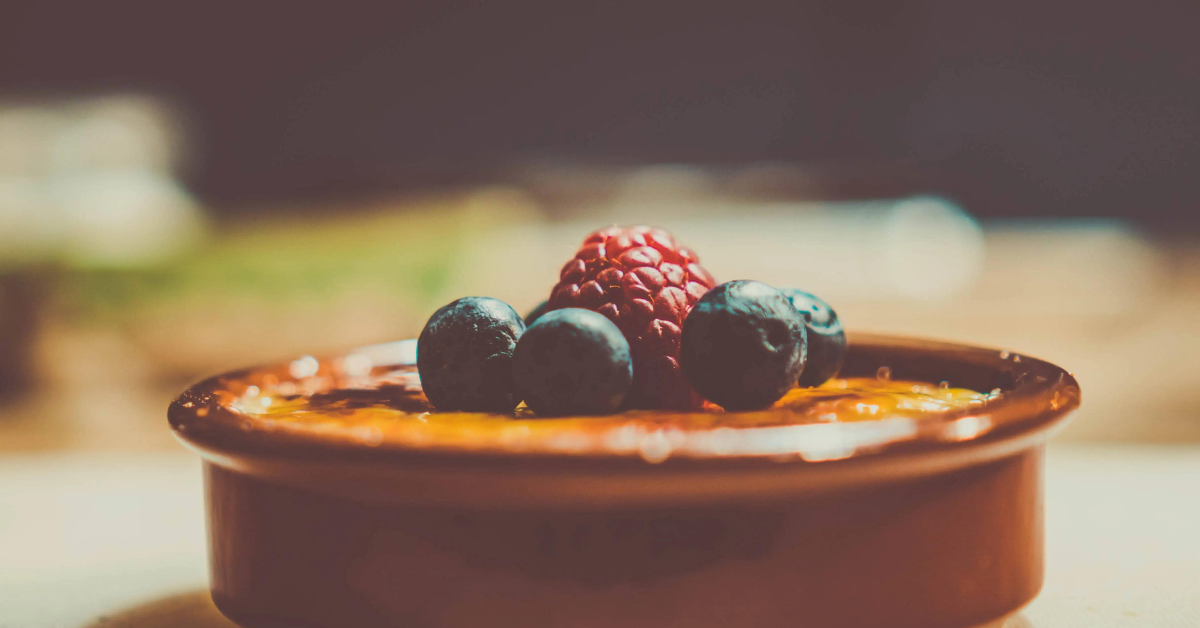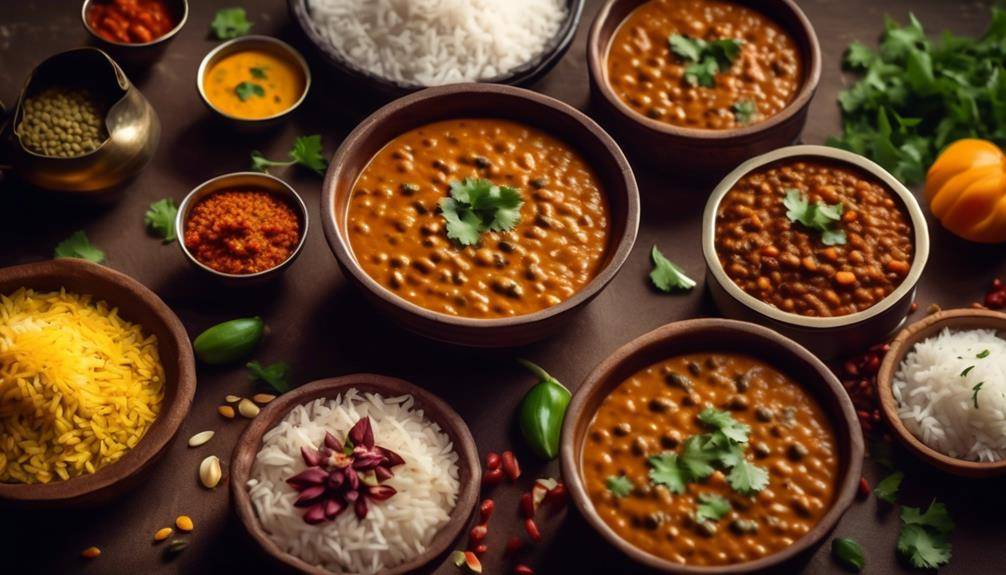Exciting Meal Prep for Weight Loss Grocery List
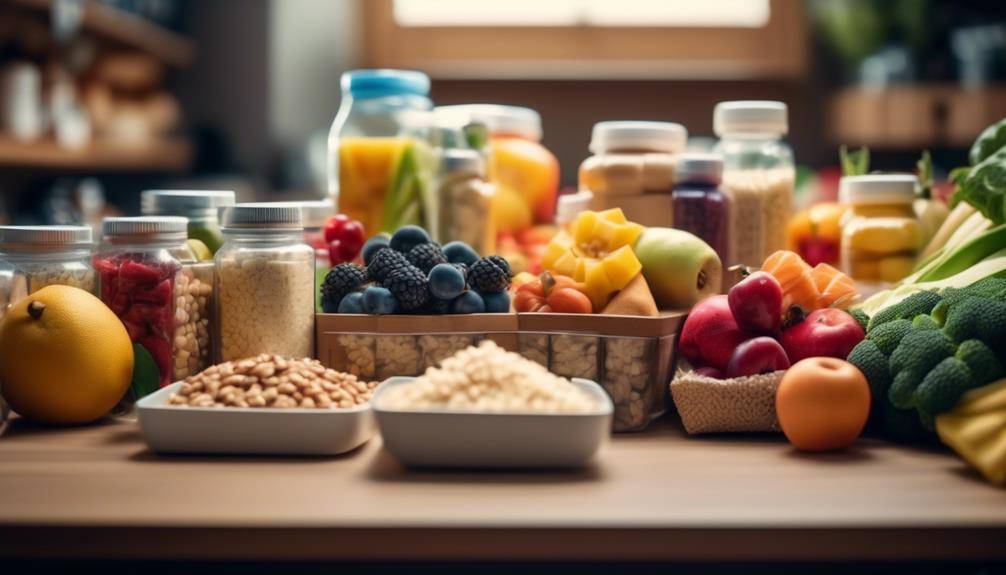
Weight Loss Grocery List; You’re standing in the kitchen, staring at the empty refrigerator, wondering how to kick-start your weight loss journey. As you contemplate what to buy at the grocery store, a thought crosses your mind: what if you could have a meal prep plan that not only saves you time and effort, but also helps you shed those extra pounds? Well, my friend, you’re in luck. In this discussion, we will unveil a comprehensive grocery list specifically tailored for meal prep enthusiasts on a weight loss journey. So, get ready to discover the key ingredients that will lead you towards a healthier and more fulfilling lifestyle.
Lean Proteins
To support your weight loss goals, incorporating lean proteins into your meal prep is essential. Lean proteins are a key component of a high-protein meal plan, as they not only provide essential nutrients but also help you feel full and satisfied. When planning your meals, it is important to choose lean sources of protein that are low in saturated fats and calories. This will help you stay within your daily calorie limit while still meeting your protein needs.
One excellent lean protein option to include in your meal prep is skinless chicken breast. Chicken breast is not only high in protein but also low in fat, making it a perfect choice for weight loss. You can grill or bake chicken breasts and portion them out for your meals throughout the week. Another great lean protein option is fish, such as salmon or tuna. These types of fish are not only high in protein but also packed with heart-healthy omega-3 fatty acids. Incorporating fish into your meal plan can provide a variety of flavors and nutrients.
If you’re following a vegetarian or vegan meal plan, there are still plenty of high-protein options available to you. Tofu, tempeh, and edamame are all excellent plant-based sources of protein. These options can be marinated and grilled, added to stir-fries, or used in salads to add a protein boost to your meals.
Fresh Fruits and Vegetables
When it comes to weight loss, fresh fruits and vegetables are essential components of a nutrient-rich diet. Packed with vitamins, minerals, and fiber, these produce options not only nourish your body but also help you feel full and satisfied. To make meal prep easier, invest in storage containers that keep your fruits and vegetables fresh and easily accessible throughout the week.
Nutrient-Rich Produce Options
For a nutrient-rich meal prep grocery list that supports weight loss, consider incorporating a variety of fresh fruits and vegetables. These colorful produce options are packed with essential vitamins, minerals, and fiber, making them an excellent choice for your weight loss journey. When it comes to meal prep, there are several ways you can incorporate these nutrient-rich fruits and vegetables. One popular option is to use them in nutrient-rich smoothies. Simply blend together a mix of your favorite fruits and vegetables, along with some yogurt or almond milk, for a delicious and filling smoothie that will keep you satisfied throughout the day.
Another meal prep hack is to chop up a variety of fresh vegetables and fruits, such as cucumbers, bell peppers, carrots, and berries, and store them in individual containers for easy grab-and-go snacks. By including these nutrient-rich produce options in your meal prep, you’ll be fueling your body with the necessary nutrients while supporting your weight loss goals.
Meal Prep Storage Containers
Consider using meal prep storage containers to keep your fresh fruits and vegetables organized and easily accessible throughout the week. Meal prep containers are a great tool to help you stay on track with your weight loss goals by making it convenient to have healthy options readily available. When selecting meal prep containers, look for ones that are BPA-free and have compartments to separate different types of produce.
These containers help to keep your fruits and vegetables fresh and prevent them from getting crushed or damaged. Additionally, they make it easy to portion out your meals and control your calorie intake. By investing in meal prep containers, you can save time and effort in preparing your meals while ensuring that your fresh produce stays fresh and delicious.
Whole Grains
Including whole grains in your meal prep can provide you with a nutrient-rich and satisfying option for weight loss. Whole grains are an excellent source of dietary fiber, vitamins, minerals, and antioxidants. They offer numerous health benefits, including improved digestion, reduced risk of chronic diseases, and enhanced weight management. Here are some reasons why you should consider incorporating whole grains into your meal prep routine:
- Variety of whole grain recipes: Whole grains come in various forms, such as quinoa, brown rice, whole wheat pasta, and oats. This variety allows you to create a range of delicious and nutritious meals. From flavorful salads to hearty grain bowls, there are endless possibilities for incorporating whole grains into your meal prep.
- Benefits of whole grains: Whole grains are packed with fiber, which can help you feel fuller for longer and prevent overeating. They also have a lower glycemic index, meaning they release energy slowly, keeping your blood sugar levels stable. Additionally, whole grains contain essential vitamins and minerals, including B vitamins, iron, and magnesium, which are vital for overall health.
- Improve digestion: Whole grains contain both soluble and insoluble fiber, which promote healthy digestion and prevent constipation. The fiber in whole grains adds bulk to your stools and helps move waste through your digestive system more efficiently.
- Reduce chronic disease risk: Research suggests that consuming whole grains regularly can lower the risk of heart disease, type 2 diabetes, and certain types of cancer. The fiber, antioxidants, and phytochemicals found in whole grains have anti-inflammatory properties and can help protect against chronic diseases.
Including whole grains in your meal prep not only adds nutritional value to your meals but also contributes to your weight loss goals. So, next time you’re planning your grocery list, be sure to include a variety of whole grains to create healthy and satisfying meals.
Healthy Fats
To continue making nutritious choices for your weight loss journey, let’s now explore the importance of incorporating healthy fats into your meal prep routine. While fats have long been demonized as the enemy of weight loss, the truth is that not all fats are created equal. In fact, consuming healthy fats in moderation can actually support your weight loss goals and provide numerous health benefits.
When it comes to selecting healthy fats, opt for heart-healthy oils such as olive oil, avocado oil, and coconut oil. These oils are rich in monounsaturated fats, which have been shown to improve heart health and reduce the risk of cardiovascular diseases. Additionally, they can help keep you feeling full and satisfied, preventing overeating.
Another essential type of healthy fat is omega-3 fatty acids. These fats are commonly found in fatty fish like salmon, mackerel, and sardines. Omega-3s have been extensively studied for their numerous health benefits, including reducing inflammation, improving brain function, and supporting heart health. If you’re not a fan of fish, you can also obtain omega-3s from plant-based sources such as chia seeds, flaxseeds, and walnuts.
Incorporating healthy fats into your meal prep routine is simple and delicious. Use heart-healthy oils when sautéing vegetables or as a base for homemade salad dressings. Add a serving of fatty fish to your meal plan at least once or twice a week. Snack on a handful of walnuts or sprinkle chia seeds on your morning oatmeal for an added omega-3 boost.
Low-Fat Dairy or Dairy Alternatives
When it comes to incorporating low-fat dairy or dairy alternatives into your meal prep for weight loss, there are a few key points to keep in mind. Firstly, opt for nutrient-rich low-fat options such as skim milk, low-fat yogurt, and reduced-fat cheese, which provide essential vitamins and minerals without the extra calories. Secondly, consider plant-based dairy alternatives like almond milk or soy yogurt for a lower fat and calorie content. Lastly, remember the importance of portion control and moderation to ensure you’re not consuming excessive amounts of dairy or dairy alternatives.
Nutrient-Rich Low-Fat Options
For nutrient-rich low-fat options, consider incorporating low-fat dairy or dairy alternatives into your meal prep routine. These options can provide essential nutrients while keeping your calorie intake in check. Here are some ideas to get you started:
- Low-Fat Greek Yogurt: Packed with protein and calcium, Greek yogurt is a satisfying and filling option. Choose plain or unsweetened varieties to avoid added sugars.
- Skim Milk: A great source of calcium and vitamin D, skim milk can be used in smoothies, coffee, or cereal. It’s low in fat and provides essential nutrients.
- Almond Milk: If you’re looking for a dairy alternative, almond milk is a popular choice. It’s low in calories and fat, and fortified varieties can provide calcium and vitamin D.
Plant-Based Dairy Alternatives
Consider incorporating plant-based dairy alternatives into your meal prep routine for nutrient-rich, low-fat options. Plant-based milk options, such as almond milk, soy milk, and oat milk, are great alternatives to traditional dairy milk. These alternatives are often fortified with essential nutrients like calcium, vitamin D, and vitamin B12. They are also naturally lower in saturated fat, making them a healthier choice for those looking to reduce their intake.
Additionally, there are now a wide variety of vegan cheese alternatives available, made from ingredients like nuts, seeds, and even vegetables. These alternatives can be used in recipes that call for cheese, providing a creamy and flavorful substitute. So why not give plant-based dairy alternatives a try in your meal prep? You may be pleasantly surprised by the taste and the health benefits they offer.
Portion Control and Moderation
To continue optimizing your meal prep routine, incorporate portion control and moderation when it comes to low-fat dairy or dairy alternatives. Maintaining appropriate portion sizes is essential for weight loss and overall health. Here are some tips to help you practice mindful eating:
- Use measuring cups or a food scale to accurately portion out low-fat dairy products or dairy alternatives.
- Stick to the recommended serving sizes mentioned on the packaging.
- Choose low-fat or fat-free options to reduce calorie intake while still enjoying the benefits of dairy.
- Incorporate dairy alternatives like almond milk or soy milk if you have dietary restrictions or preferences.
- Remember that moderation is key. Enjoying a small portion of dairy or dairy alternative as part of a balanced meal is a sustainable approach to healthy eating.
Herbs and Spices
Using herbs and spices regularly in your meals can enhance the flavor, boost nutritional value, and support your weight loss goals. Herbs and spices are not only flavor boosters but also have numerous health benefits. They contain powerful antioxidants and anti-inflammatory properties that can help improve digestion, reduce inflammation, and support overall health.
One popular herb is basil, which adds a fresh and aromatic flavor to your dishes. It is also rich in vitamin K, which is important for bone health and blood clotting. Another herb, cilantro, not only adds a unique taste but is also a great source of vitamins A and C, antioxidants that can boost your immune system.
Spices like turmeric, cumin, and cinnamon not only provide a burst of flavor but also offer a range of health benefits. Turmeric, known for its vibrant yellow color, contains curcumin, a compound with powerful anti-inflammatory properties. Cumin, on the other hand, aids digestion and can help reduce bloating and gas. Cinnamon, a sweet and warming spice, can help regulate blood sugar levels and improve insulin sensitivity, making it a great addition for those looking to manage their weight.
Canned Goods and Pantry Staples
Canned goods and pantry staples play a crucial role in meal prep for weight loss, providing convenience, versatility, and long shelf life for your healthy eating journey. These items can help you save time and money while still enjoying nutritious meals. Here are some meal prep ideas using canned ingredients:
- Canned Beans and Legumes:
- Black beans: Add them to salads, soups, or wraps for an extra boost of fiber and protein.
- Chickpeas: Roast them with some spices for a crunchy and satisfying snack, or mash them to make a delicious hummus spread.
- Canned Tomatoes and Tomato Products:
- Diced tomatoes: Use them as a base for homemade sauces, stews, or chili.
- Tomato paste: Add depth of flavor to your dishes by stirring a spoonful into your soups, stews, or pasta sauces.
- Canned Fish:
- Tuna: Mix it with some Greek yogurt, lemon juice, and diced veggies for a light and protein-packed tuna salad.
- Salmon: Flake it into salads or make salmon patties for a quick and tasty meal.
- Canned Vegetables:
- Corn: Add it to stir-fries, soups, or grain bowls for a burst of sweetness.
- Green beans: Toss them with some olive oil and garlic, then roast them in the oven for a crispy side dish.
- Pantry Staples:
- Quinoa: Cook a big batch of quinoa and use it as a base for salads, stir-fries, or grain bowls throughout the week.
- Oats: Prepare overnight oats for easy grab-and-go breakfasts that will keep you full until lunchtime.
Healthy Snacks
For a satisfying and nutritious pick-me-up between meals, indulge in a variety of healthy snacks that will keep you energized and on track with your weight loss goals. When it comes to healthy snacking, it’s important to choose options that are both tasty and nourishing. Here are some ideas to help you make smart snack choices and incorporate portion control into your daily routine.
Firstly, opt for snacks that are low in calories but high in nutrients. Fresh fruits and vegetables are excellent choices as they are packed with vitamins, minerals, and fiber. Consider keeping pre-cut carrot sticks, celery, or cherry tomatoes on hand for a quick and easy snack. You can also satisfy your sweet tooth with a handful of berries or a sliced apple.
In addition to fruits and vegetables, include protein-rich snacks in your arsenal. Greek yogurt, hard-boiled eggs, or a handful of nuts can provide a satisfying and filling snack option. These snacks not only keep you feeling fuller for longer, but they also help stabilize your blood sugar levels.
When it comes to portion control, it can be helpful to pre-portion your snacks into small containers or snack bags. This way, you can grab a single serving without overindulging. It’s also important to listen to your body’s hunger cues and eat mindfully. Avoid mindless snacking in front of the TV or while working, as it can lead to overeating.
Weight Loss Grocery List; Frequently Asked Questions
How Do I Properly Store Fresh Fruits and Vegetables to Ensure They Last Throughout the Week?
To ensure your fresh fruits and vegetables last throughout the week, proper storage is key. Start by washing and drying them thoroughly, then store in airtight containers or bags in the fridge. Meal planning can help you make the most of your produce.
Can I Substitute Whole Grains With Gluten-Free Options for Those With Gluten Sensitivities?
You can definitely substitute whole grains with gluten-free options if you have gluten sensitivities. Look for gluten-free alternatives like quinoa, brown rice, and buckwheat, which are nutritious and can be included in your meal prep for weight loss.
Are There Any Specific Herbs and Spices That Are Known to Aid in Weight Loss?
There are several herbs and spices that are known to aid in weight loss. Some examples include cayenne pepper, cinnamon, ginger, and green tea. Incorporating these into your meals can help boost metabolism and promote fat burning.
What Are Some Healthy Snack Options That Are Both Convenient and Low in Calories?
Looking for convenient snack options that are low in calories? Try fresh fruits like apples and berries, or grab a bag of baby carrots or cherry tomatoes. These healthy snacks will keep you satisfied without adding extra calories.
Can I Substitute Low-Fat Dairy or Dairy Alternatives With Plant-Based Milk Options for Those Following a Vegan Diet?
Yes, you can substitute low-fat dairy or dairy alternatives with plant-based milk options if you’re following a vegan diet. Plant-based milks offer a variety of nutrients and can be used in vegan meal ideas. The benefits of plant-based diets include improved heart health and reduced environmental impact.
Conclusion
In conclusion, meal prepping for weight loss can be made easier by having a well-planned grocery list. By including lean proteins, fresh fruits and vegetables, whole grains, healthy fats, low-fat dairy or dairy alternatives, herbs and spices, canned goods and pantry staples, and healthy snacks, you can ensure that your meals are nutritious and satisfying. This approach to meal prep is evidence-based and practical, providing you with the necessary nutrients for successful weight loss.




